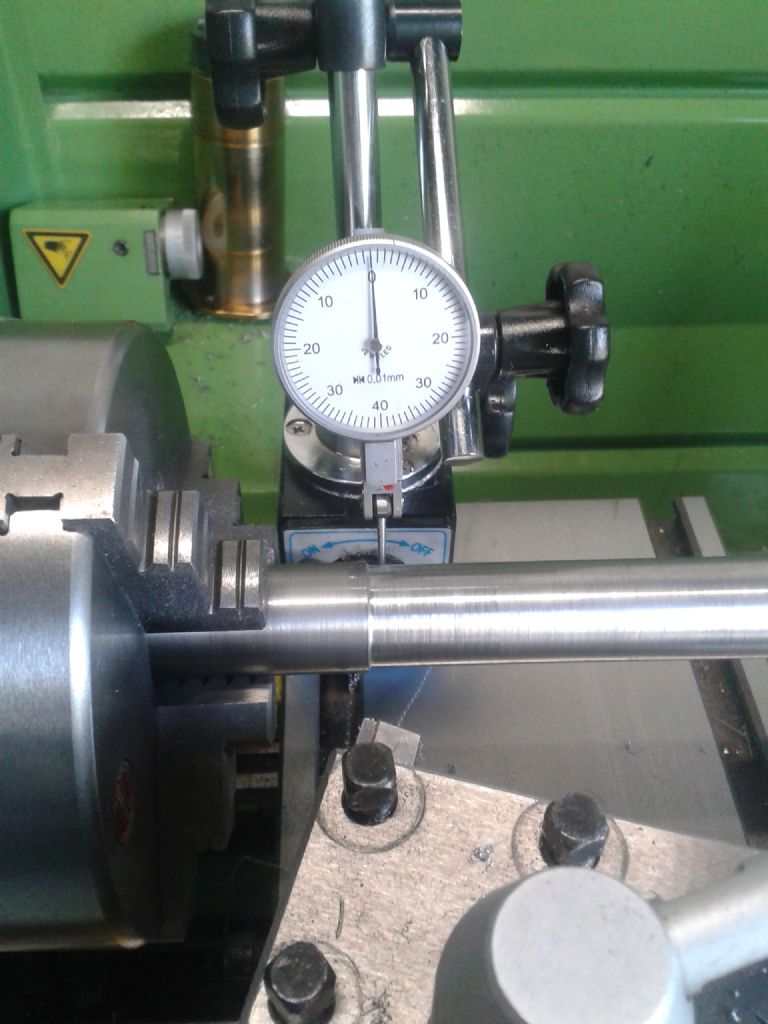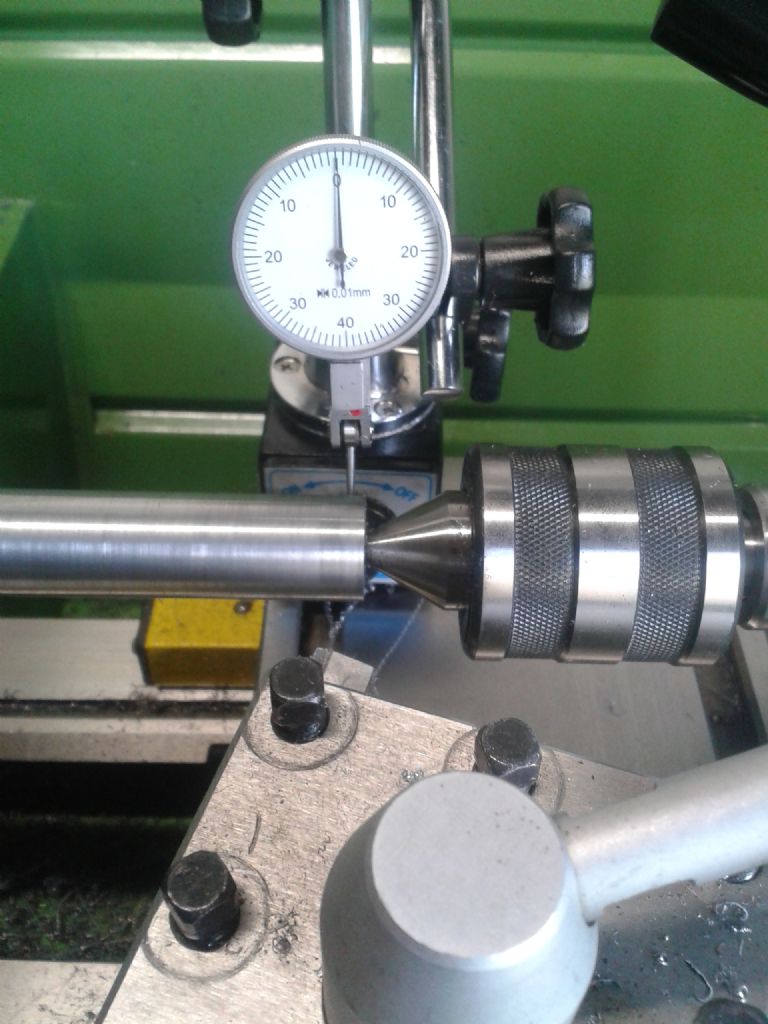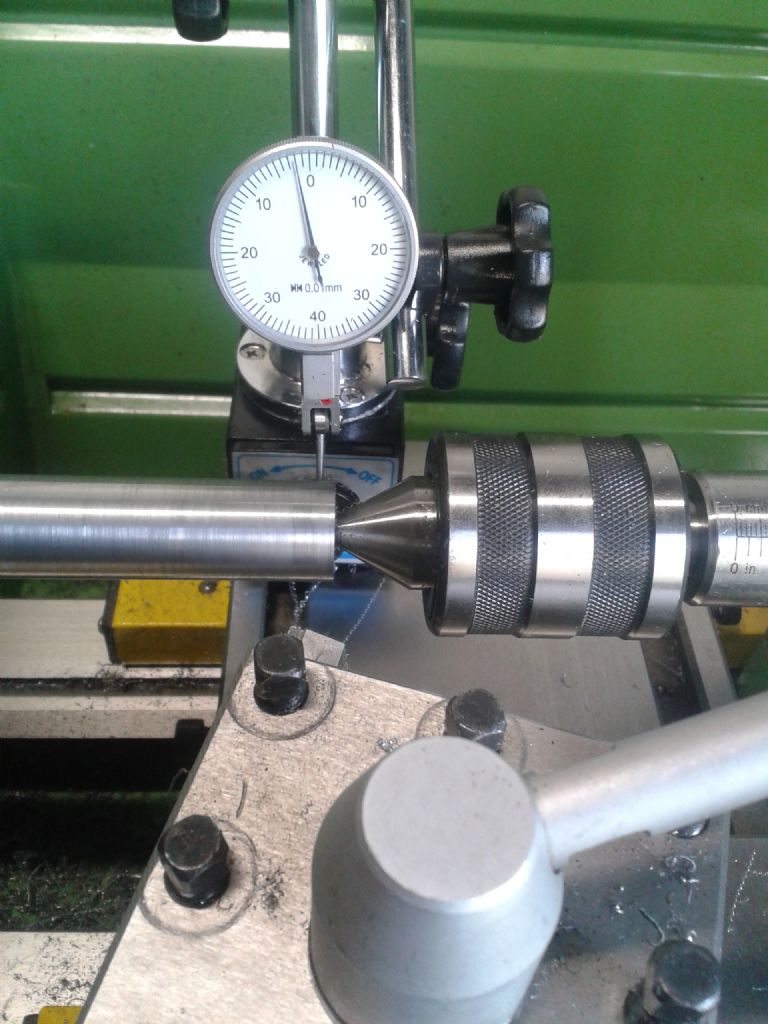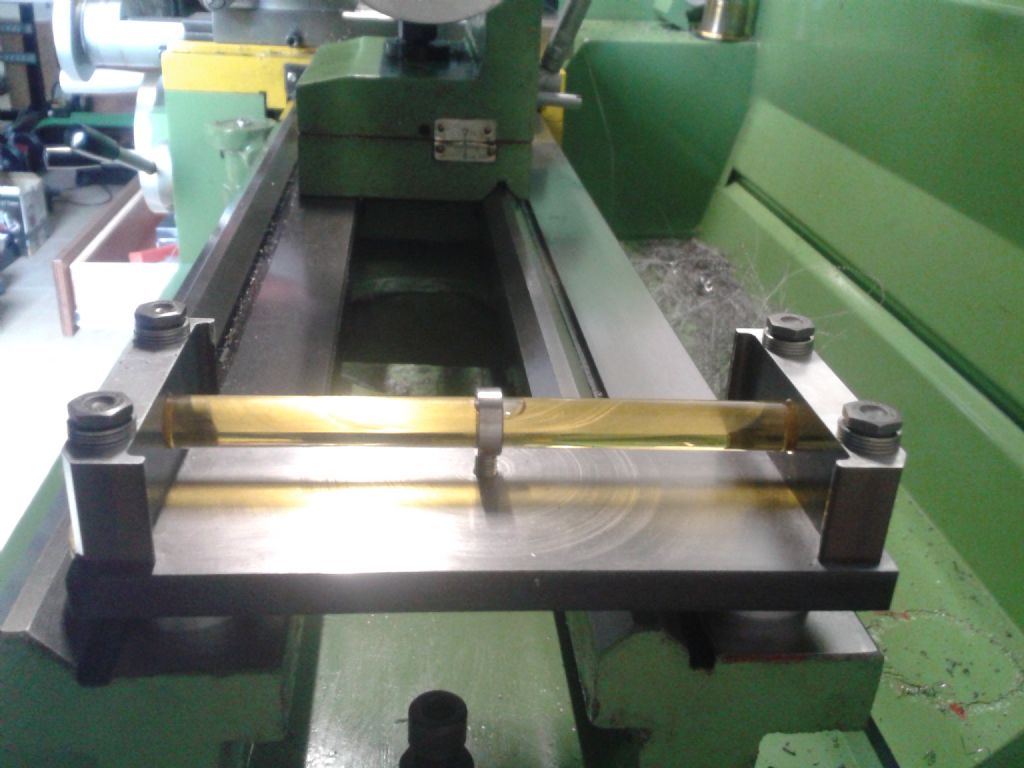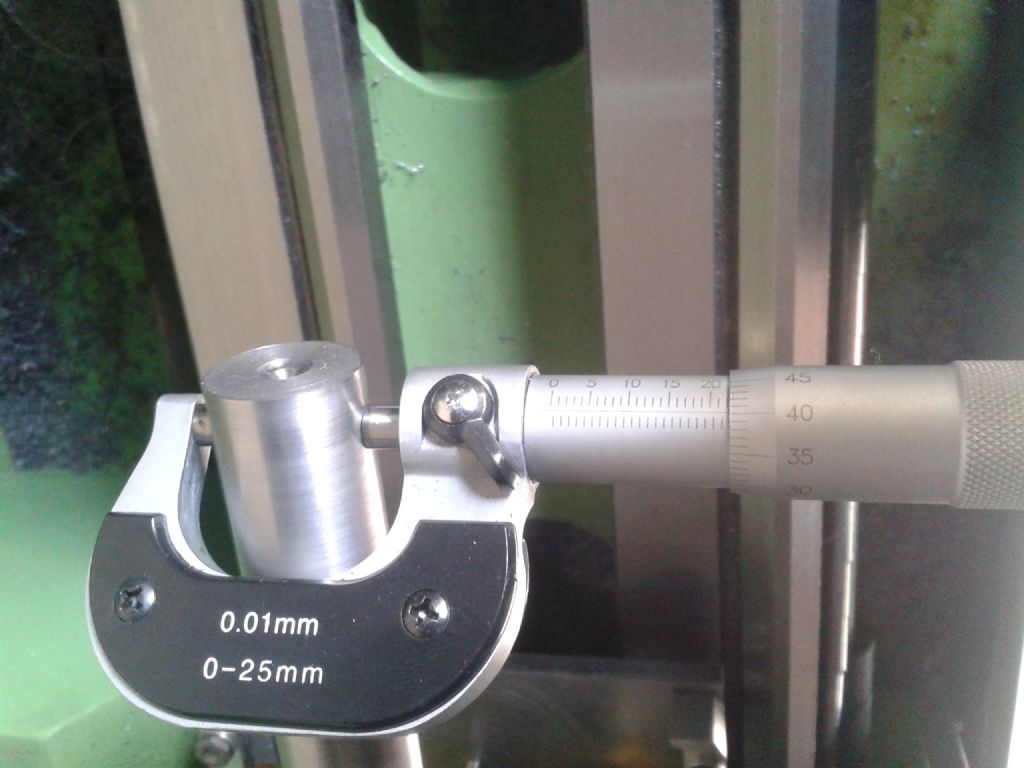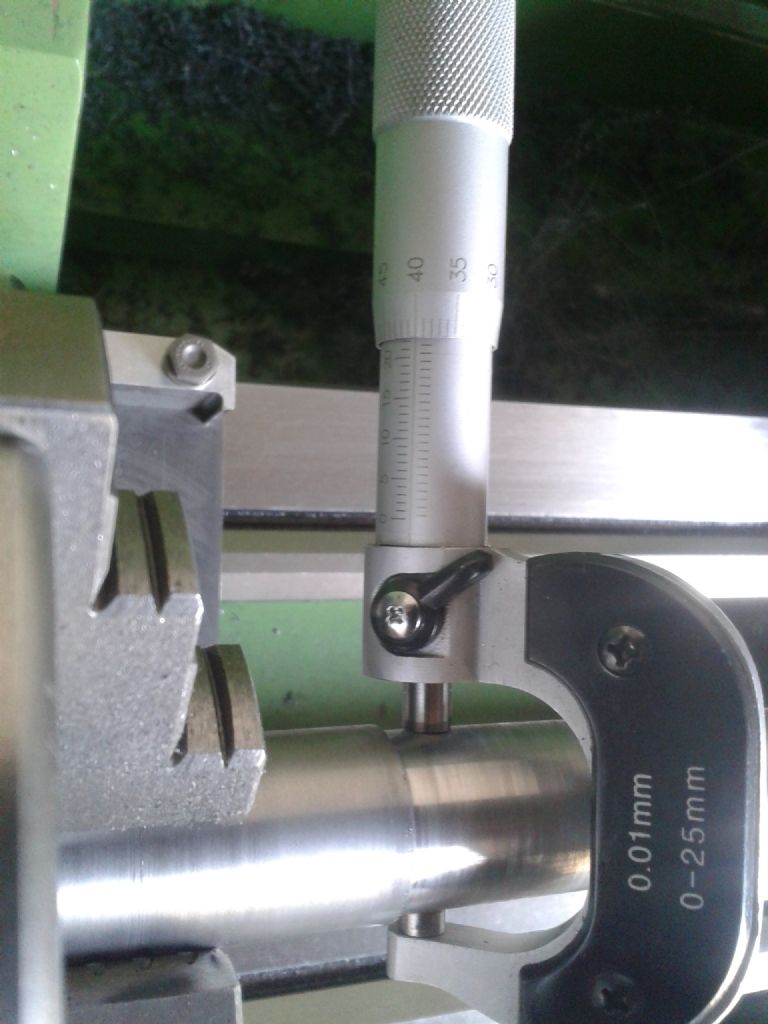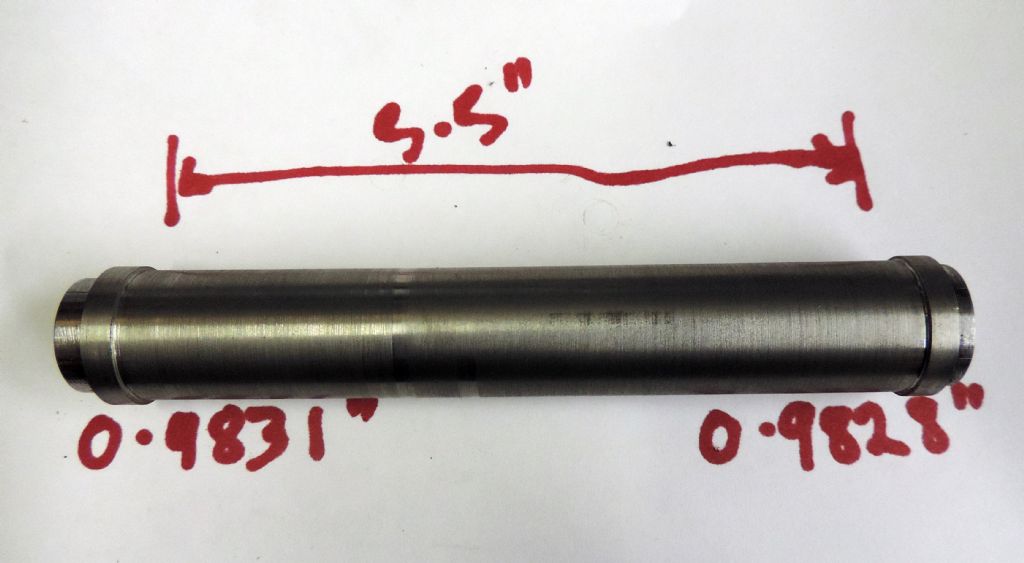Chris, Firstly I should stress that I'm not a trained engineer, well I am, but in telephony not mechanical. Everything I've learned has been self taught, so read anything I write with an appropriate pinch of salt. 
I'd suggest that the reason you've struggled with the vertical alignment is to do with rigidity of the workbench and lack of mass in the headstock, plus it would only really work for lathes with 6 or more mounting bolts, 4 at the headstock and 2 at the tailstock on a very rigid bench.
If your lathe is significantly out of vertical alignment, I wonder if having a word with Warco might be a good idea, as that really should be running more or less true when it left their depot. I'm assuming here that the headstock was correctly bolted down when it left the factory, without any flecks of paint underneath (Think Hubble Telescope)
I think you understand the principal of putting a twist in the bed to make it turn parallel with a chuck mounted workpiece. The vertical alignment would require the whole of the bed bending a tiny amount with respect to the centre of rotation of the headstock spindle, and I can't imagine that this should be required in a lathe of this size.
The caveat to that is, have you actually put a bend in the bed whilst adjusting the twist in it. If so, don't worry as I'm sure it will be within the elastic limit of the cast iron. That is, in the ideal world, if all four bolts at the headstock are firmly fastened and cannot move at all in relation to the ground, then everything about the headstock is fixed and all adjustments at the tailstock end are in relation to it.
"Levelling the lathe" (with a capital L) refers not just to getting it level from headstock to tailstock, indeed, that is the least important, though obviously it should be as "level" as possible. The main one is fore and aft, which should be the same at both ends of the bed, hence the "twisting" scenario to make it so.
I think you should be able to see that, if the headstock casting is truly immovable, then if the tailstock bolts were pulling that end into the bench as the wood squashes, the the bed would deflect downwards at that end. Obviously a similar scenario if you put a couple of washers under the tail end of the bed before tightening down the headstock, then the tail end of the bed would deflect upwards, with respect to the headstock.
I'm assuming that since you have neither a calibrated test bar or precision level, you will need to sort it out by turning and measuring.
I'd suggest making sure that in your case the "level" between head and tailstock in neutral, and that any differential shimming only adds a twisting, rather than a bending moment as well, in order to keep the vertical alignment correct.
Here's the way I set up my Myford, which may or may not be approved of by the many apprentice trained engineers on here.
Take a decent length of steel bar, similar to what you've been using and maybe a foot or so long, clean one end and mount in the chuck. thin down the middle section of the bar by a couple of mm or so, similarly the far end as well; no need for accuracy. The intention being, that you well be left with two collars standing proud of the main bar as far apart as the length of bar will allow. (make sure you leave enough room at the right hand end beyond the collar to allow a drive dog to be fitted later.)
Now sharpen and hone a HSS tool to the best edge you can get. Hopefully by now if you've been honing for long enough, the formative test bar will have cooled down, so take the very finest of cuts to both collars.
Measure them with a micrometer, ideally a "tenths" one – mine are all imperial. If they aren't exactly the same diameter, which is most likely, this should tell you which way you need to apply a twist to the bed.
Once you've managed to get two identical collars, you know the two ends of the bed are "Level" with each other.
Only now can you turn your attention to the tailstock.
Centre drill both ends of the bar. Either fit, and check, a centre in the headstock taper, or chuck a bit of steel in the 3 jaw and turn a taper on the end to make a centre which you know is true – it must be you've just made it.
Fit a drive dog and turn the bar between centres; with your nice sharp tool, again with the finest of cuts true up and measure the two collars. Keep minimal projection on the tailstock barrel during the operation.This will tell you whether the tailstock needs to move towards or away from the front of the lathe.
Once you have the tailstock correct, true up the end of the bar that you held in the chuck prevously, as it will now be slightly out compared to the centre drillings.
You now have a lathe that's reasonably well set up, and a re-useable test bar as well, so keep it in a padded box with some rust resistant paper. OK so it's not as good as a calibrated precision ground bar, but if you could afford one, you'd have already bought it. 
Bill
Part 2 to follow
Tim Stevens.


